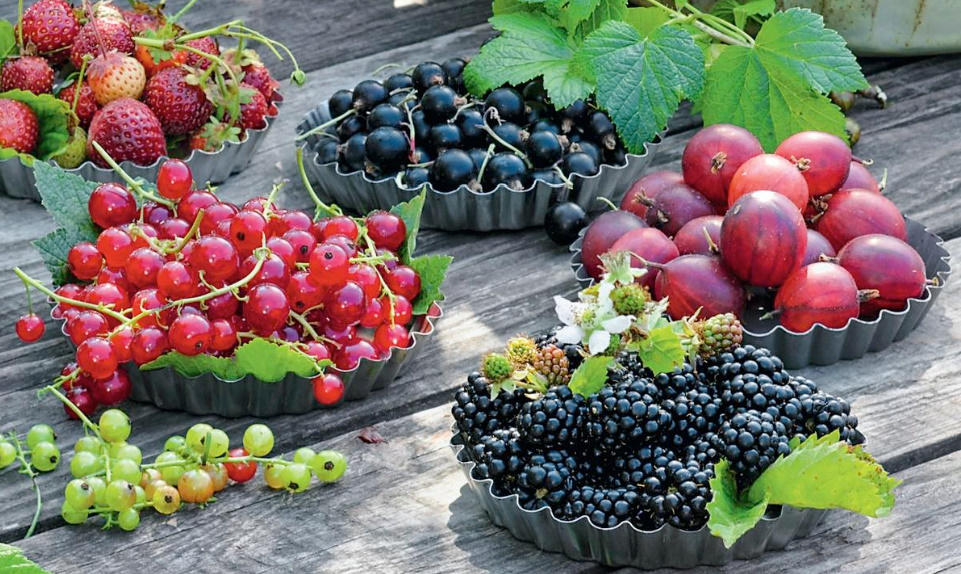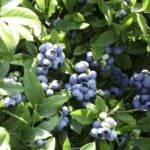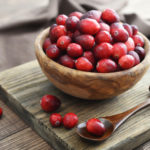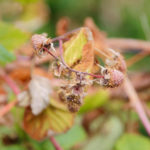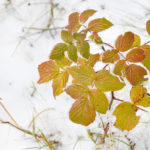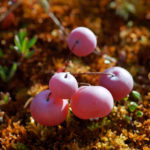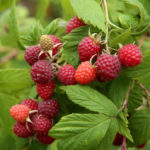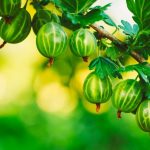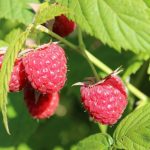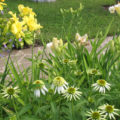Summer is the most berry season! Now garden shrubs, as if competing with each other, exhibit vitamin “beads” of various colors and flavors.
Variety, benefits and unsurpassed taste — this is the “gentleman’s set” with which berry bushes come to the harvest glory fair. Currant and gooseberry fruits abound in substances valuable for health and are indispensable in the diet of adherents of a balanced diet. By the way, our heroes have now acquired a newfangled name — superfood. Well, if the berries are grown in their own garden, their advantages increase many times.
And the sweet fruits of berry bushes, and those with sourness, are equally useful for health — this is a golden storehouse of vitamins and other valuable substances. Ideally, it is desirable to mix different types and varieties with different ripening period of berries on the site — in order to extend the harvest period and diversify the daily menu.
What to consider when planning a berry garden
If you plan to make raspberry stocks for the winter, it is worth planting more plants of summer varieties with a short but very abundant fruiting period.
Red currant is a popular inhabitant of gardens. Its fruits ripen already in July. At this time, if there is a drought, the plant needs watering. After harvesting, the damaged, growing inside the bush and old branches (older than 8 years) should be removed.
Blackberries in nature, growing, turn into impenetrable thickets, but in the garden the plant can be kept under control by directing branches along a trellis made of wire. Last year’s fruiting stems should be directed in one direction, and the young shoots of the current year, which will yield next season, should be directed in the other.
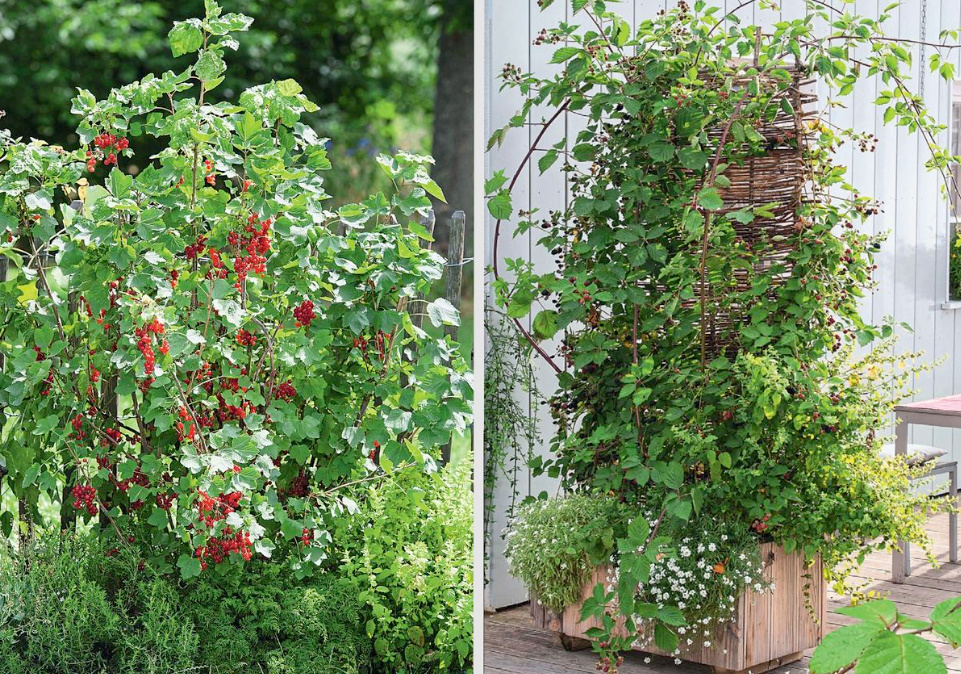
Blackberries of low-growing varieties are suitable for growing in a box with a support and lettuce or spicy herbs “at the feet”.
A few words about the choice of varieties
Raspberries and currants have long been recognized favorites of gardeners, gooseberries have been unlucky for a long time: powdery mildew nullified the fruits of the labors of the owners of green possessions. Fortunately, this problem has been solved: now there are varietal novelties resistant to this disease. The latter also applies to the thornless, which greatly facilitates harvesting.
Blackberry can also boast of “modernization” as a result of the attention of breeders — non-thorny and compact forms have already been bred, which can be grown even in a box on a terrace or balcony.
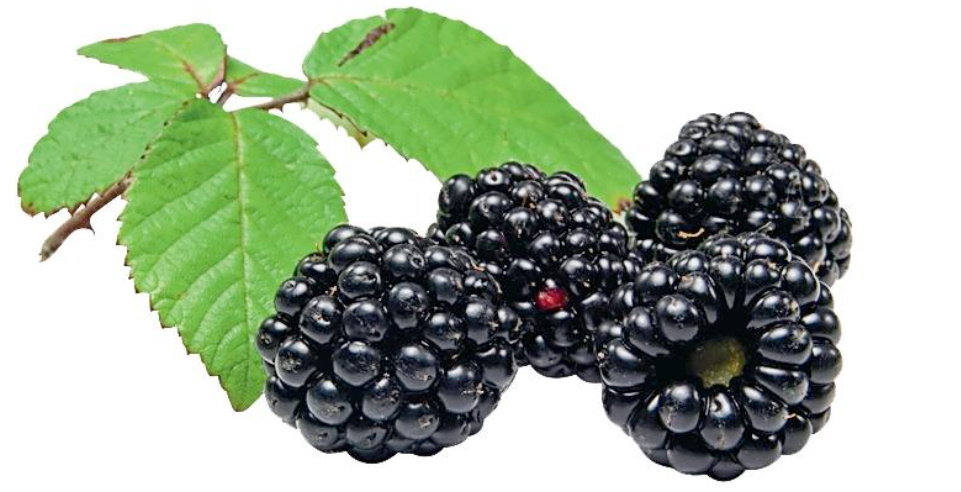
The same applies to blueberries, for example, the ‘Lucky Berry’ variety, which grows well in a pot with an acidic substrate.
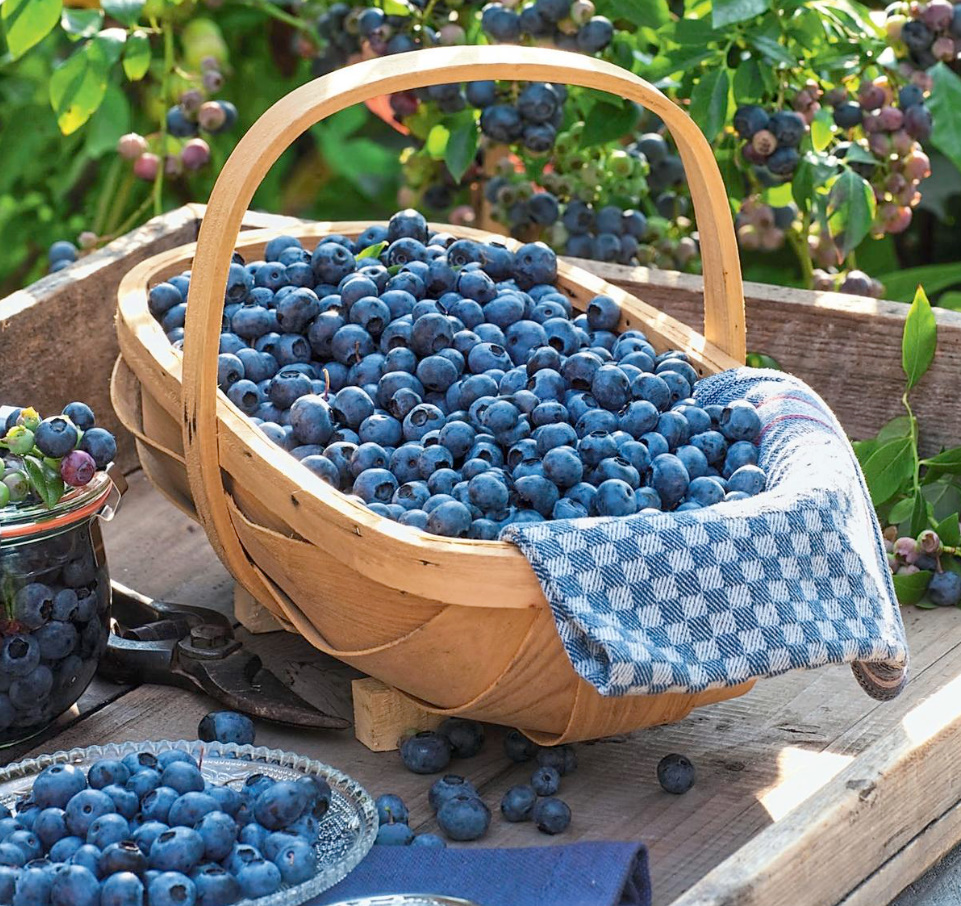
Blueberry berries of cultivated varieties have light flesh that does not color the skin of the hands. The harvest can be harvested when the reddish tint around the stems disappears from the fruits.
What kind of food does the “superfood” prefer?
In order for the harvest to please you next year, stock up on phosphorus and potassium fertilizers, which should be applied under the bushes at the end of summer (nitrogen ones should be abandoned — they stimulate the growth of shoots that will not have time to ripen before winter).
Otherwise, the care of our superheroes is reduced to weeding, loosening the soil and watering.
Landing features
Berry bushes can be planted in spring, before the buds begin to open, or in autumn, but no later than 3 weeks before the expected frosts.
Before planting, remove all damaged roots from seedlings, and shorten the branches to 15-20 cm in length.
After planting, carefully tamp the soil around the plant, form an earthen roller so that the water remains in the root zone of the shrub, then pour it thoroughly.
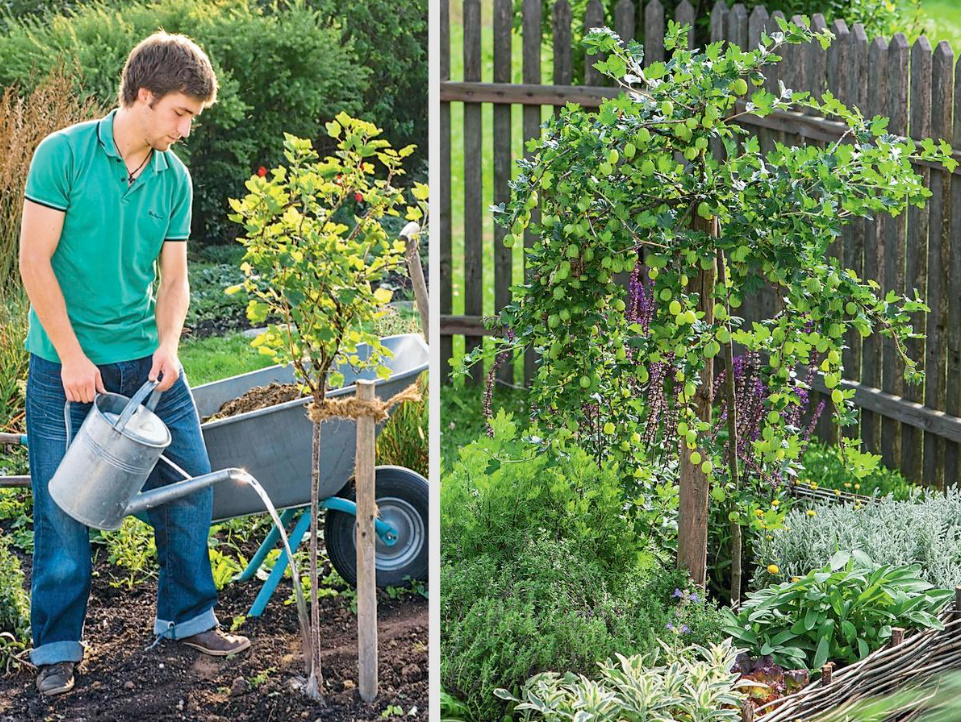
- The stem forms of plants need support. In the photo above (right): the ’tall’ gooseberry takes up very little space. The openwork partial shade is ideal for the plant, since sweet and sour fruits often get burns in the open sun. Depending on the variety, the berries of green, yellow and red flowers ripen from July to mid-September. The mini-tree needs constant support up to the middle of the crown.
- Currants should be planted at an angle — so it will give more shoots.
- Raspberries and blackberries should preferably be grown on a support or formed as a narrow trellis.
